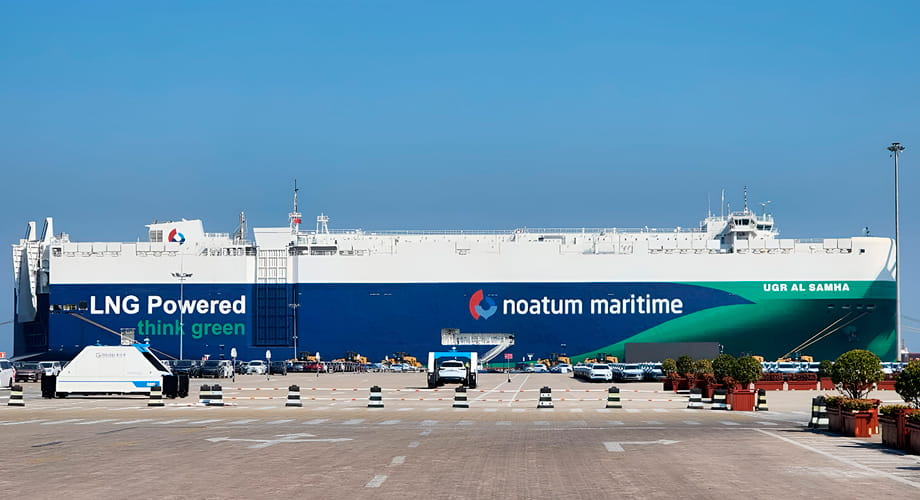This story requires a subscription
This includes a single user license.
DNV said that a total of 71 orders were placed for alternative-fueled vessels in the first quarter of 2025, representing a 13 percent decline compared to the first quarter of 2024.
This comes against the backdrop of lower newbuild activity throughout the maritime industry in the early months of 2025, it said.
This is due to low order activity in January, including for conventional-fueled vessels, and this month’s total is the highest since October 2024.
DNV added 33 LNG-powered ships in February.
According to the data, there were orders for 52 LNG-powered ships in January-March this year.
“This was another solid month for the alternative-fuelled orderbook, with plenty to be encouraged about,” Jason Stefanatos, global decarbonization director at DNV Maritime said.
“Methanol led the way, accounting for the highest number of new orders, following relatively weak activity over the winter months. Interestingly, these orders were spread across diverse segments, with owners across the cruise, car carrier, bulk carrier, and tanker segments investing in this fuel,” he said.
Stefanatos said the ordering of two ammonia-fuelled vessels from the tanker segment is also “notable.”
“While ammonia still has some way to go as a marine fuel, foundations are being put in place and progress is being made,” he said.
“Although new order activity in the alternative-fueled market is tracking 13 percent behind the first quarter of 2024, this is largely attributable to a weaker overall newbuild market in 2025,” Stefanatos concluded.
690 LNG-powered ships in operation
DNV’s platform shows that there are now 690 LNG-powered ships in operation and 644 LNG-fueled vessels on order.
Moreover, 166 LNG-powered containerships and 78 LNG-powered crude oil tankers are in operation, followed by 73 car carriers, and 70 oil/chemical tankers.
As per vessels on order, LNG-powered containerships account for a big part of the orders with 338 units. Shipping firms also ordered 137 car carriers, 47 oil and chemical tankers, 46 crude oil tankers, and 25 cruise ships.
These statistics do not include smaller inland vessels or dual-fuel LNG carriers.
DNV previously said that a record of 264 LNG-powered ships were ordered in 2024, while the number of LNG bunker vessels in operation grew from 52 to 64 over the last year.
In addition to 1334 confirmed LNG-powered ships, the fleet powered by alternative fuels includes 403 methanol-fueled vessels, 272 LPG-powered ships, 40 hydrogen-fueled vessels, and 36 ammonia-fueled vessels.

